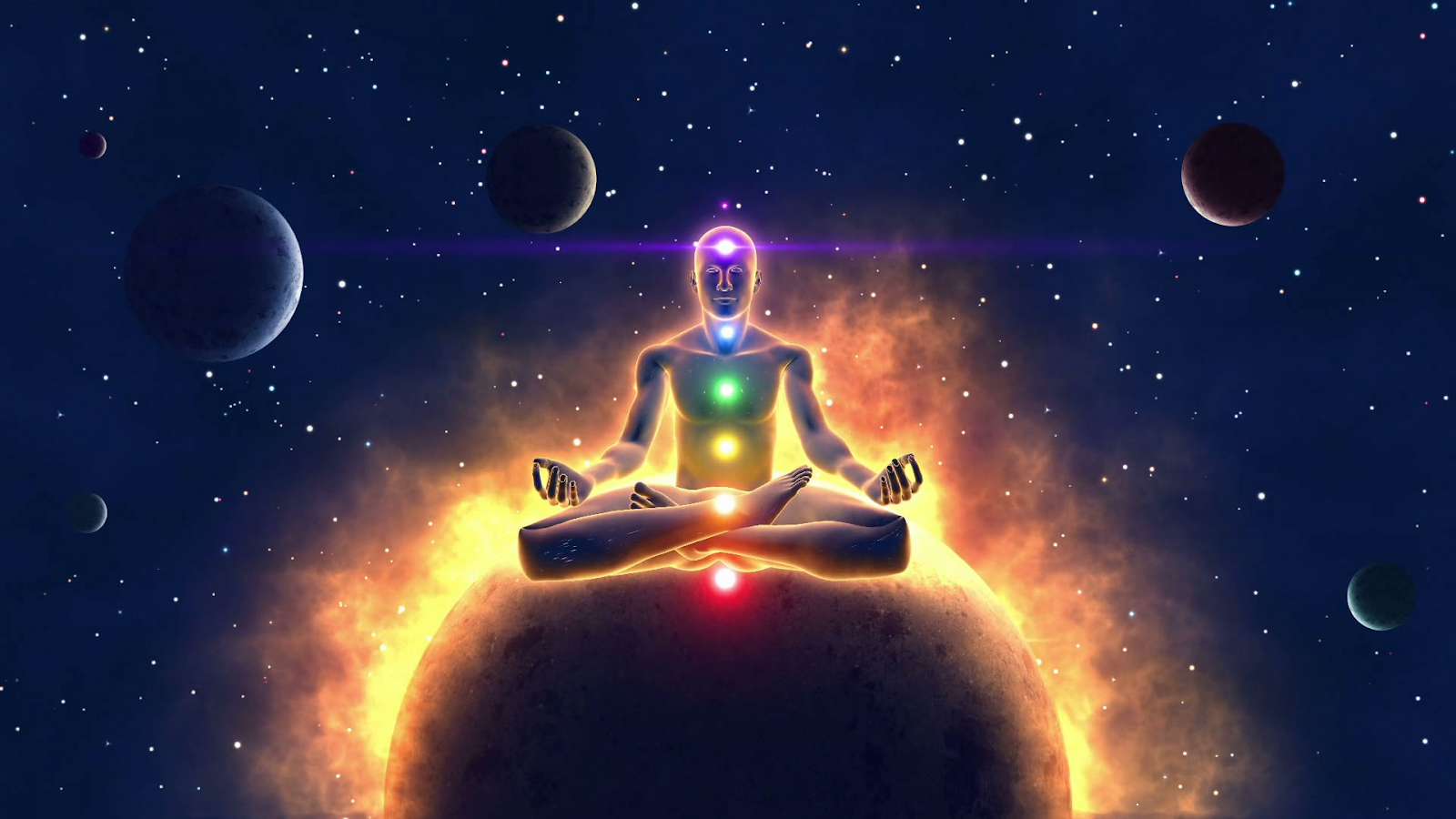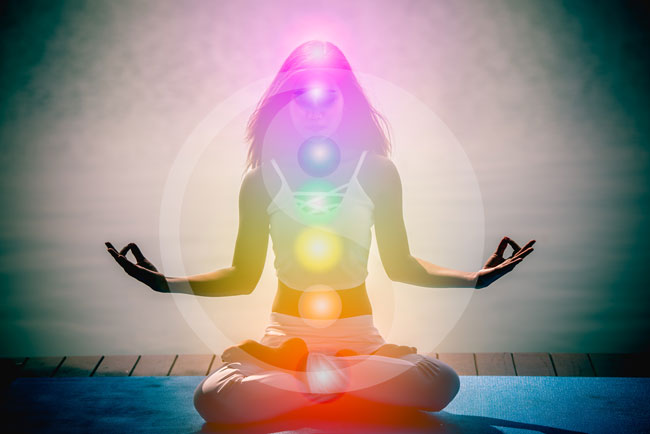Discover Your Perfect Healer Today!
Our online practitioner directory connects you with a wide range of healers to suit your unique needs.
Easily search and find the right professional to support your wellness journey.
Start exploring today to find your perfect match.
Modality
Disease
Books
Products
Events
Training
Blogs
Meditation
Beginner’s Guide to Meditation: Resources and Tips
While starting a meditation practice may be overwhelming, especially considering how many techniques, tools and materials are available, there will still come a time when ...
Read More → Written by
John Smith
Holistic Medicine
A Beginner’s Guide to Holistic Therapy: Unveiling the Power Within
Treating the whole person, holism emphasizes on mind, body and spirit. But what does holistic therapy mean? This approach integrates different types of therapies that ...
Read More → Written by
John Smith
Physical Therapy
Risks and Precautions: A Guide to Safe Physical Therapy
The introduction emphasizes physical therapy as an integral part of recovery and rehabilitation; however, just like any form of medical treatment, there are certain risks ...
Read More → Written by
David Brown
Reiki Healers
Starting Your Reiki Healing Journey: A Beginner’s Guide
Reiki is a popular form of alternative therapy that involves channeling energy through touch for healing purposes. However, it has its downside like any other ...
Read More → Written by
John Smith
Reiki Healers
The Truth About Reiki: Are There Risks to Consider
Reiki is a popular worldwide form of energy healing that originated in Japan because it is believed to be able to provide relaxation and restore ...
Read More → Written by
John Smith
Neurofeedback-Biofeedback
Neurofeedback and Biofeedback: Understanding the Step-by-Step Process
Some specific neurofeedback and biofeedback methods are quite straightforward so that anybody can apply them and be able to manage their physical and psychological states. ...
Read More → Written by
James Williams






